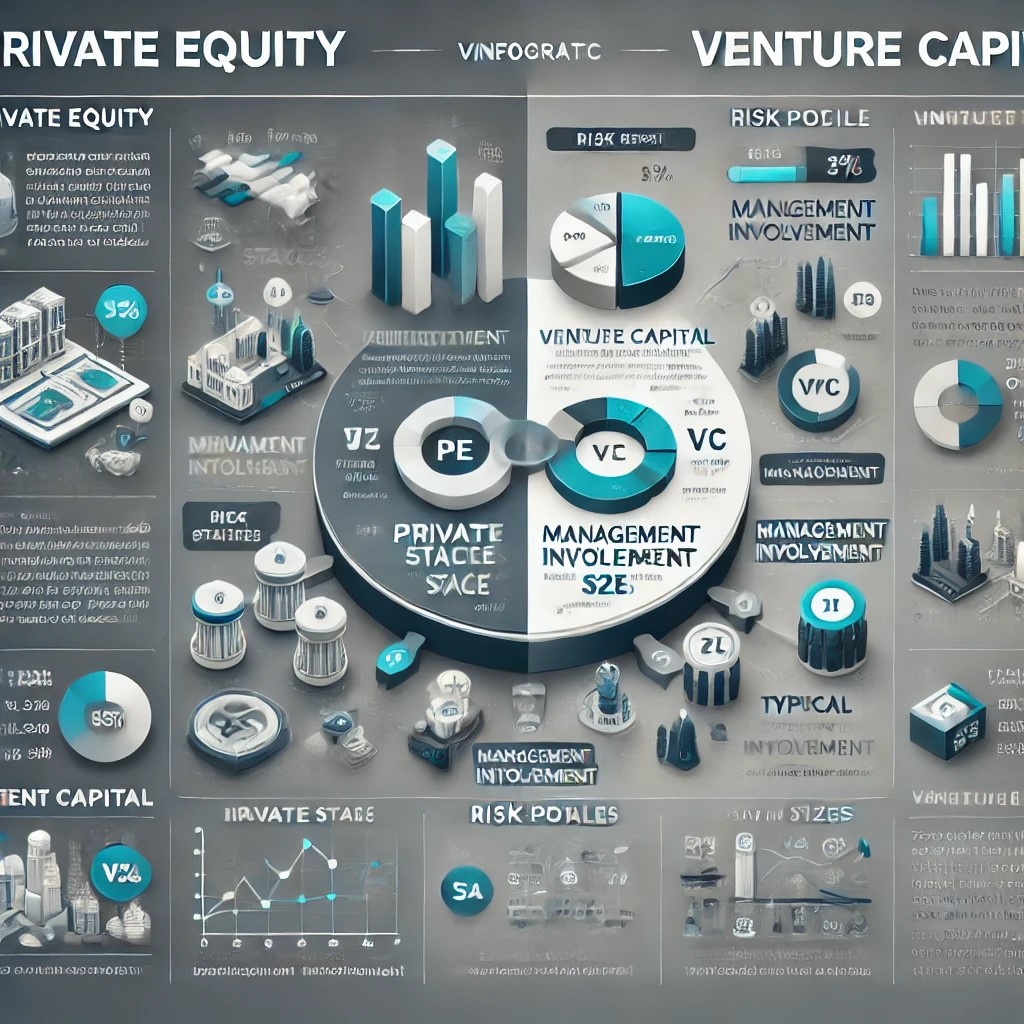Financial institutions play a crucial role in disaster recovery, providing essential support to individuals, businesses, and communities affected by natural and man-made catastrophes. By offering immediate financial relief, facilitating access to credit, and supporting long-term reconstruction efforts, these institutions help mitigate the economic impacts of disasters and promote resilient recovery. This article explores current trends and future predictions in the role of financial institutions in disaster recovery.

Current Trends
Immediate Financial Relief: In the aftermath of a disaster, financial institutions are often among the first responders, providing immediate financial relief to affected individuals and businesses. This support can come in the form of emergency grants, expedited insurance claims, and temporary loan forbearance. By quickly disbursing funds, banks and insurance companies help ensure that essential needs such as food, shelter, and medical care are met.
Insurance Payouts: Insurance companies play a critical role in disaster recovery by providing payouts to policyholders who have experienced losses. Prompt and fair settlement of claims enables individuals and businesses to repair or replace damaged property, facilitating quicker recovery. Innovations in technology, such as drone assessments and AI-driven claims processing, are streamlining this process and improving efficiency.
Community Reinvestment: Financial institutions are increasingly engaged in community reinvestment initiatives that support long-term disaster recovery and resilience. Banks and credit unions invest in rebuilding infrastructure, supporting small businesses, and funding community development projects. These efforts not only aid in recovery but also enhance the overall economic resilience of affected areas.

Future Predictions
Increased Use of Technology: The future of disaster recovery will see greater reliance on technology to improve efficiency and reach. Financial institutions will leverage big data, blockchain, and AI to enhance disaster response. Predictive analytics will help identify at-risk areas and allocate resources more effectively, while blockchain technology will ensure transparent and secure disbursement of funds.
Enhanced Financial Inclusion: Financial inclusion will become a priority in disaster recovery efforts. Financial institutions will develop tailored products and services to ensure that vulnerable and underserved populations have access to the financial support they need. Mobile banking and digital wallets will play a significant role in reaching these populations, especially in remote and disaster-prone areas.

Sustainable Financing: There will be a growing emphasis on sustainable financing for disaster recovery. Financial institutions will increasingly fund projects that not only rebuild but also promote sustainability and resilience. Green bonds, social impact bonds, and other sustainable finance instruments will be used to support environmentally friendly and socially responsible recovery initiatives.
Conclusion
Financial institutions are integral to disaster recovery, providing immediate relief, facilitating access to credit, and supporting long-term reconstruction. Current trends such as the use of technology, community reinvestment, and public-private partnerships are enhancing the effectiveness of these efforts. Looking ahead, increased use of technology, enhanced financial inclusion, sustainable financing, resilience building, and global cooperation will further strengthen the role of financial institutions in disaster recovery. By adapting to these trends and focusing on resilience, financial institutions can help communities recover more quickly and build a more sustainable and secure future.





